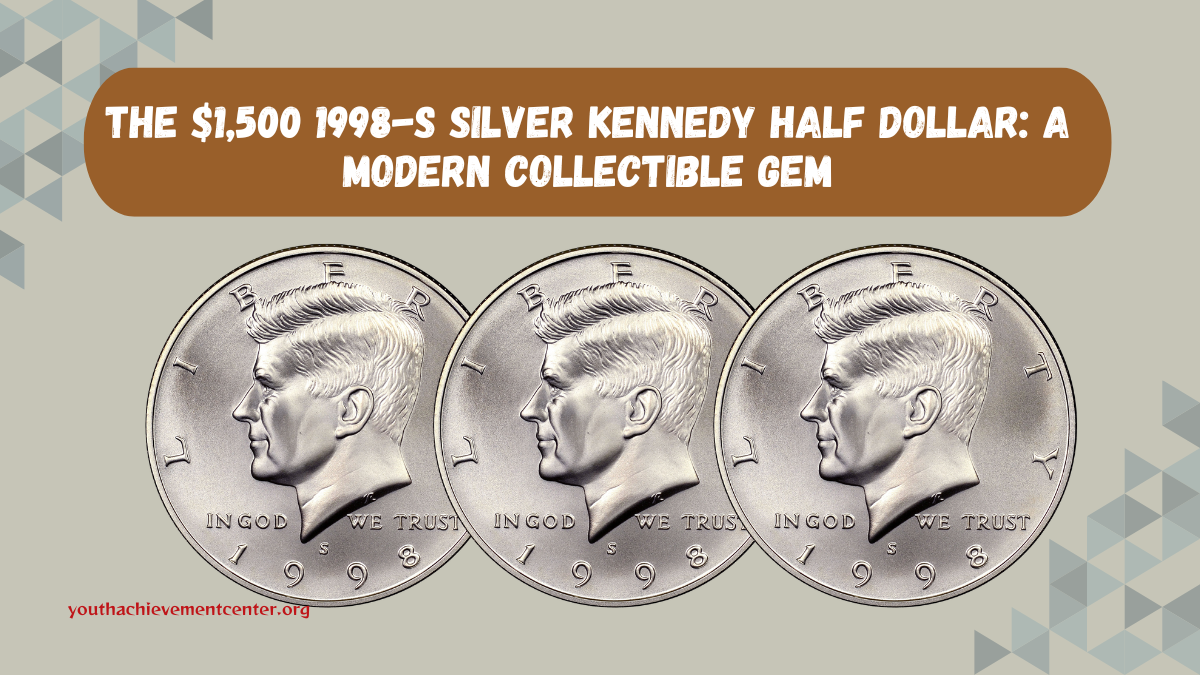The American $10 and $100 bills are not just transaction mediums, they are emblematic of the nation’s rich history, featuring prominent figures who played pivotal roles in shaping the United States.
Alexander Hamilton on the American $10 Bill
The $10 bill proudly displays the portrait of Alexander Hamilton, a Founding Father and the first Secretary of the Treasury.
Hamilton’s financial acumen was instrumental in establishing the nation’s early financial systems, including the creation of the First Bank of the United States. His portrait has been a fixture on the $10 bill since 1929, symbolizing his enduring legacy in American finance.
Design Elements of the $10 Bill
The obverse side of the $10 bill features Hamilton’s portrait, accompanied by two renditions of the torch of the Statue of Liberty and the phrase “We the People” from the U.S. Constitution.
The reverse showcases the U.S. Treasury Building, underscoring Hamilton’s foundational role in the nation’s financial institutions.
Benjamin Franklin on the American $100 Bill
The $100 bill features Benjamin Franklin, one of the most influential Founding Fathers. Franklin’s diverse contributions as a statesman, inventor, and diplomat have left an indelible mark on the nation. His portrait has adorned the $100 bill since 1914, reflecting his multifaceted legacy.
Design Elements of the $100 Bill
The obverse of the $100 bill showcases Franklin’s portrait, along with stylized images of the Declaration of Independence, a quill pen, the Syng inkwell, and the Liberty Bell.
The reverse depicts Independence Hall in Philadelphia, a site of monumental significance in American history.
Security Features of the $100 Bill
The $100 bill incorporates advanced security features to combat counterfeiting, including a 3-D Security Ribbon and a color-shifting Bell in the Inkwell. These elements not only enhance the bill’s security but also pay homage to the nation’s heritage.
| Denomination | Portrait | Notable Contributions |
|---|---|---|
| $1 | George Washington | First President of the United States; Commander-in-Chief during the Revolutionary War. |
| $2 | Thomas Jefferson | Third President; Principal author of the Declaration of Independence. |
| $5 | Abraham Lincoln | Sixteenth President; Led the nation through the Civil War; Emancipated the slaves. |
| $10 | Alexander Hamilton | First Secretary of the Treasury; Founder of the nation’s financial system. |
| $20 | Andrew Jackson | Seventh President; Known for his role in the era of Jacksonian democracy. |
| $50 | Ulysses S. Grant | Eighteenth President; Commanding General who led the Union Army to victory in the Civil War. |
| $100 | Benjamin Franklin | Founding Father; Renowned polymath; Diplomat; Inventor. |
FAQs
Why is Alexander Hamilton featured on the $10 bill?
Alexander Hamilton is honored on the $10 bill for his pivotal role as the first Secretary of the Treasury and his significant contributions to establishing the U.S. financial system.
Has the design of the $10 bill changed over time?
Yes, the $10 bill has undergone several redesigns to incorporate advanced security features and design elements, with the most recent significant change occurring in 2006.
Why is Benjamin Franklin on the $100 bill instead of a president?
Benjamin Franklin is featured due to his immense contributions as a Founding Father, diplomat, and inventor, reflecting the nation’s appreciation for his diverse legacy.
What are the security features of the current $100 bill?
The current $100 bill includes a 3-D Security Ribbon, a color-shifting Bell in the Inkwell, and a portrait watermark of Benjamin Franklin, among other features.
Are there plans to redesign the $10 or $100 bills shortly?
There are no official announcements regarding imminent redesigns of the $10 or $100 bills. The U.S. Treasury periodically reviews and updates currency designs to enhance security and reflect cultural significance.






